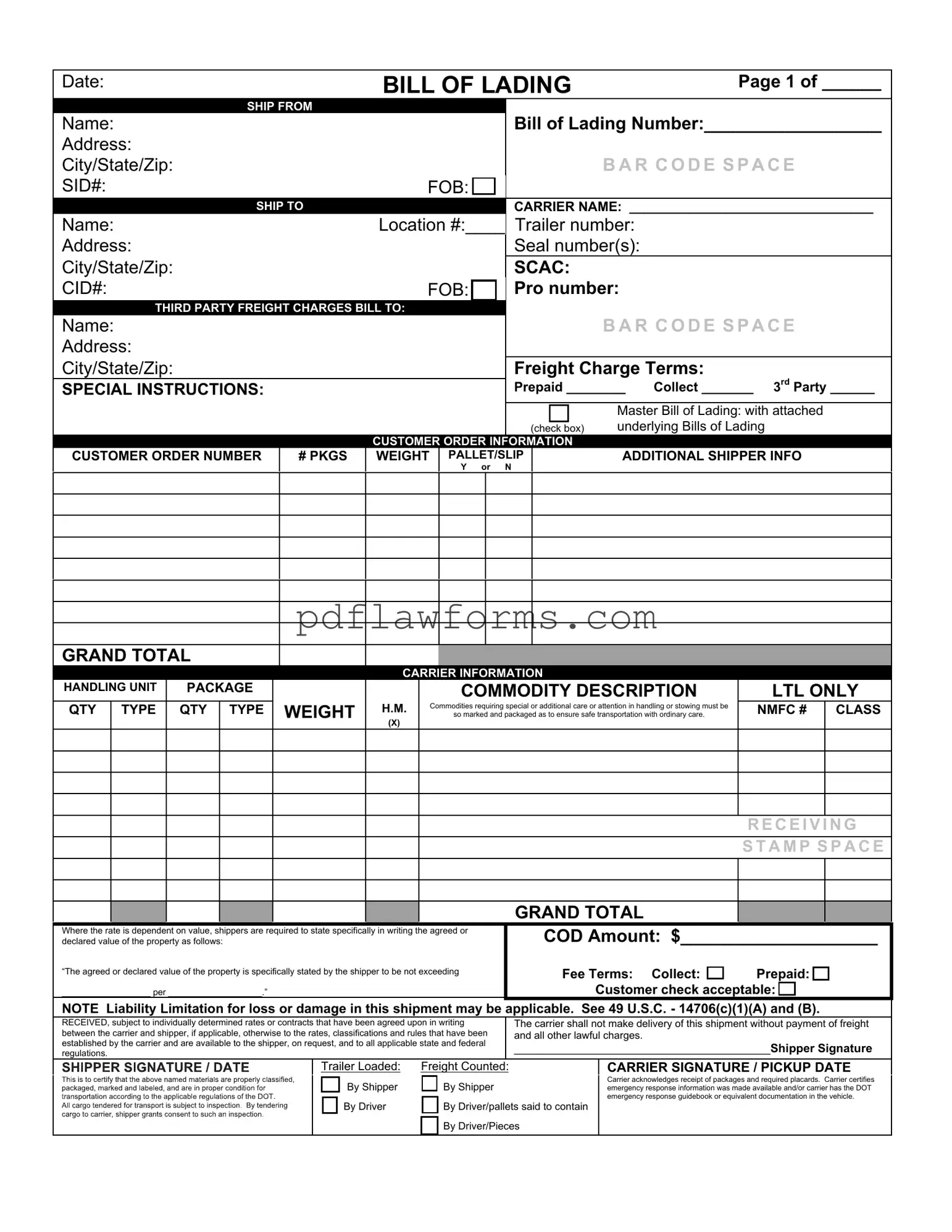Fill Your Bill of Lading with a Supplement Template
The Bill of Lading with a Supplement form serves as a crucial document in the shipping and freight industry, detailing the terms of transport and providing proof of shipment. This form not only outlines the responsibilities of the carrier and the shipper but also includes additional information necessary for specific shipments. For those looking to streamline their shipping process, consider filling out the form by clicking the button below.
Make My Document Online
